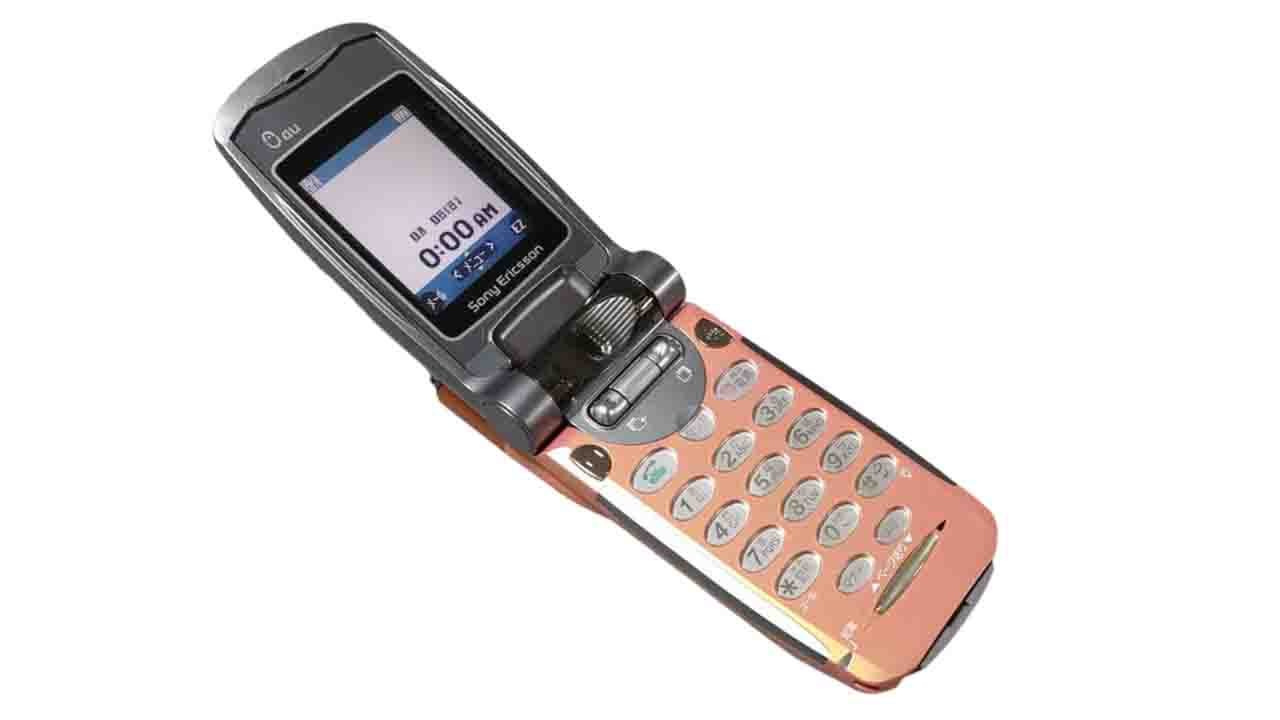A Look Back at Sony Ericsson's Pioneering Phones of the 2000s
The tech that walked so your smartphone could run.
As a joint venture between Sony and Ericsson, Sony Ericsson released several phones that pushed the boundaries of mobile technology. Let’s revisit these forgotten gems, which introduced innovations that were ahead of their time.
2001: The Begining - Sony Ericsson C1002S
The Sony Ericsson C1002S, released in December 2001, was the first phone from the joint venture, featuring a compact folding design with interchangeable back panels. Despite its "Simple Type" label, it offered advanced features like the jog dial, predictive text, and EZweb services. Its stylish design and personalization options made it a popular choice in Japan.




